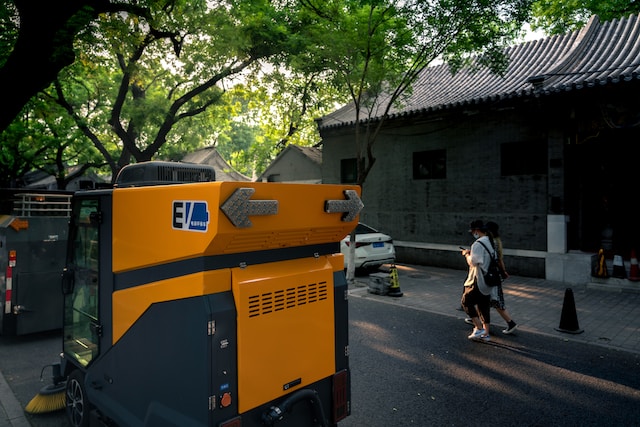Commercial generators come in a variety of capacities. You’ll need to identify your power requirements to find the right one for your business. Taking the running wattage of appliances into account is a good start. However, you’ll also need to consider their starting wattage as well. This is because motors require extra electricity to get started.

Determine Your Power Needs
The first step in determining what size generators Edgewater, MD, you need is to list the items you want to power and the starting and running wattage requirements for each item. This information is usually found in the original documentation or a data tag printed on the equipment. You can then use this information to calculate your total resistive load for each item by multiplying the amperage by the volts. Then, add up all the total resistive loads and motor and non-motor loads to determine your total load. You should then add 25 percent for reserve capacity. If you’re uncomfortable with doing all the math yourself, several sizing programs are available to help you determine what generator size you need. However, these programs often need to pay more attention to essential details like how many motors you have and the type of soft starter or UPS technology you’re using. This can lead to incorrect sizing and over or under-sized generators.
Size of Your Home
The first step in sizing a generator is determining the total wattage needed for all appliances and devices you want to run during an outage. This includes the refrigerator, air conditioner, and other essentials. You can find the total wattage of all your equipment by adding up the running wattage of each device and dividing it by 1,000 to get the kW number. Remember that motors used in your air conditioner or sump pump draw more wattage at start-up than when running. For this reason, they need a starting or surge wattage rating that is 2-3 times higher than their running wattage.
Size of Your Appliances
A generator can help you avoid the lost work and discomfort of a power outage, but only if adequately sized for your needs. The generator size you need is based on the total running wattage of all equipment and lights you want to operate during an outage, as well as the starting wattage for any electric motors that will be needed. Appliances that require a high surge of power to start (such as refrigerators, freezers, water heaters, and HVAC units) have a different rating called starting wattage, which can be up to three times the running wattage of the appliance. This information can be found on the appliance or its owner’s manual. Calculate the total wattage of your equipment by adding the running wattage and surge wattage together, then add 25 percent for reserve capacity. You may also find that your peak demand is lower than expected, which can reduce the generator size you need to purchase.
Size of Your Electrical System
When it comes to generator sizing, understanding the jargon can be confusing. Many different values can be used depending on the type of load and the information provided to the designer. Resistive loads can be sized by amperes, motor loads require a calculation of starting kVA, and non-motor loads can be sized by watts or kW. To determine the generator size required to power your home or job site:
- List all the devices you need.
- Add up the total running wattage of each appliance, considering any appliances with motors that need to start.
- Calculate the starting wattage of the highest-rated device.
The starting wattage is often listed on the device nameplate or available from the manufacturer. Sophisticated sizing software programs are available to assist in the design process. However, the final selection is still dependent on the engineering judgment of the designer. Incorrect sizing can result in overpaying for the generator and unnecessary operational expenses.



